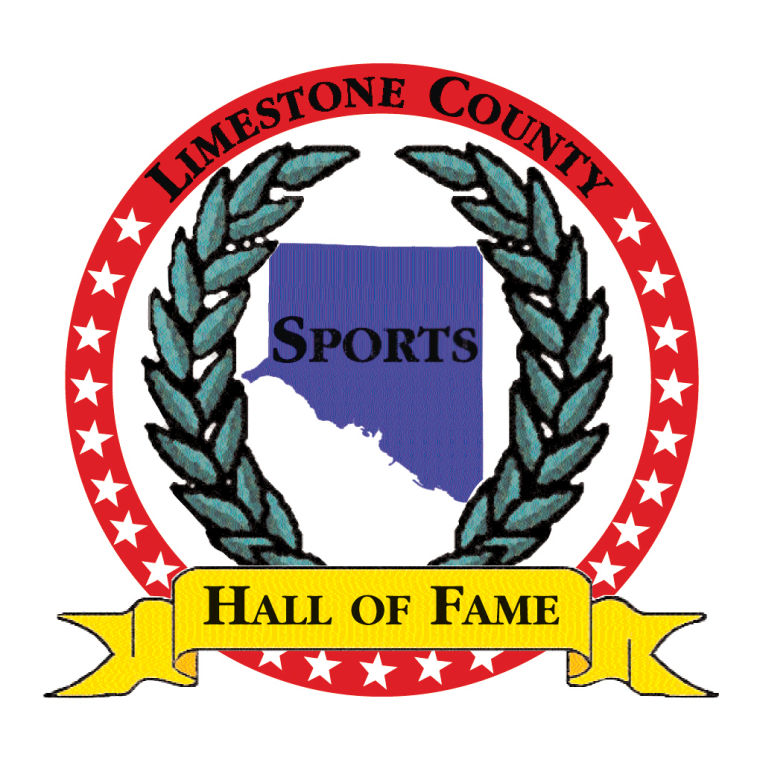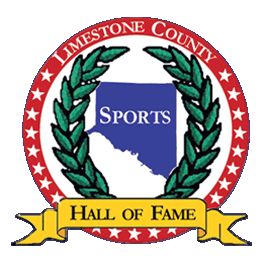Athens resident remembers rocket scientist Haeussermann
Published 2:00 am Sunday, December 19, 2010

- Members of the von Braun team attend a luncheon May 17, 1990 at the Redstone Arsenal Officers’ Club. Dr. Haeussermann is on the second row standing, the eleventh person from left. Gerhard Drawe is the on the same row — the fourth person to the left of Haeussermann.
First of 2 parts
Many in the Athens area remember American space program pioneer Dr. Walter Haeussermann as a very warm person who always had a big smile. However, some may not realize the role he and other scientists played not only in the once sleepy town of Huntsville, but also in Athens.
Dr. Haeusserman, a rocket scientist and former member of the Wernher von Braun team, led electrical, computer systems, guidance and navigational systems in the Astrionics Division at the George C. Marshall Space Flight Center relating to the Redstone, Jupiter and Saturn rocket development, and the first landing of man on the moon.
Athens resident Dirk Drawe, the son of Gerhard Drawe, a guidance and control operator at the Astrionics Laboratory under NASA, said he would spend Christmas Day at Haeussermann’s home as a child. “He always had a twinkle in his eye,” Drawe said. “You’d just like him immediately when you met him. He was just a very nice guy.”
The Early Years
Haeussermann was with Wernher von Braun at Peenemunde, the German site where V-2 rockets were built in World War II.
Drawe said the story he was always told by his parents was that Dr. Haeussermann didn’t arrive in the U.S. with the initial wave of German scientists and engineers. “He came about a year or so later,” he said. “My dad was the one that stood and greeted him when he came over.”
Haussermann arrived in the United States in 1947 to join von Braun’s team in Ft. Bliss, Texas. In 1951, the group moved to the Redstone Arsenal.
“Our houses were fairly close,” Drawe said. “We would go over and visit with him.”
Drawe said those looking to understand the period should read “Space” by James A. Michener, adding it is a great fictional account of the space program and what life was like during that time. “In the book, he talks about where the Germans lived,” said Drawe. “They called it Sauerkraut Hill.” He said most people tend to think it is Monte Sano Mountain, but it is not. “Sauerkraut Hill is bordered by McClung Avenue, Owens Drive, Locust Avenue and Lily Drive in Huntsville,” he said. “There was a block there where all the Germans lived. It was Hans Palaoro, Dr. (Werner) Seiber, an American, then, Dr. von Braun, my father, … an American, and then on the Locust side from left, an American, Bernard Tessman, Hans Heuter, Karl Heimburg and Dr. Schilling — and that was Sauerkraut Hill.”
He added most people don’t know that the Germans also founded St. Marks Lutheran Church in Huntsville.
Drawe said as a child he didn’t realize how bad they had it during the war. His mother would tell him that before they came to the U.S., they would live off potatoes and carrots. “When they got here, they had a house, they had a car, he had a job and this was the land of milk and honey,” Drawe said. “In the early years, they would have steak parties. These steak parties would rotate from person to person. The kids would have hamburgers and sodas, which we thought were great. They would have steak and beer.”
Drawe said they were making up for lost time. He could remember as a kid how much the Germans loved to sing and have a good time. The adults would put him to bed and he could hear everyone outside singing and swinging their beers.
“Those were good times,” Drawe said. “We were all very close.”
Dr. Haeussermann and the others worked under von Braun. Drawe said he could remember when von Braun would receive praise. He said he would stop and remind them, “It was a team effort.” Drawe said “team effort” was emphasized by von Braun.
Haeussermann became a naturalized U.S. citizen in 1954. At that time he was the director of the Guidance and Control Laboratory and head of the Astrionics Division of what is now the Marshall Space Flight Center.
His contributions were recognized in 1959 with the Decoration for Exceptional Civilian Service award.
In 1960, NASA was formed and Haeussermann was on the initial roster.
He was appointed director of the Directorate for Science and Engineering in 1973.
Haeussermann’s death
Haeussermann, 96, passed away Dec. 8. At that time, Drawe said he heard on the news there were only five of the scientists left. “I can’t think of all of those,” he said. “I could only think of two. They are all in their nineties.”
Drawe said it is funny how when you’re dead and gone it all comes to the surface. “When my father was in his last days, I stayed with him and he got letters from all around the world that wanted his signature and some type of brief statement about what he did. My dad would look at that like — big deal — all I did was my job.” It made Drawe realize that when you’re alive it seems no one really cares about you, but when you’re old and gone, then you become very interesting.
Drawe said the men had just always wanted to do their jobs. “It was a chance to advance what they had worked for all their lives,” he said. “It is really quite an accomplishment. They put North Alabama on the map.”
“I have heard in Huntsville there is a plan to put some kind of monument at Maple Hill Cemetery to honor some of these old Germans,” Drawe said. “A lot of them are buried there.” Haeussermann is buried there. He is survived by his wife Ruth Knows Haeussermann.
Part two will appear in the Tuesday edition of The News Courier. Athens resident Jeannette Hargrove, one of Dr. Haeussermann’s secretaries, will offer her recollections.





